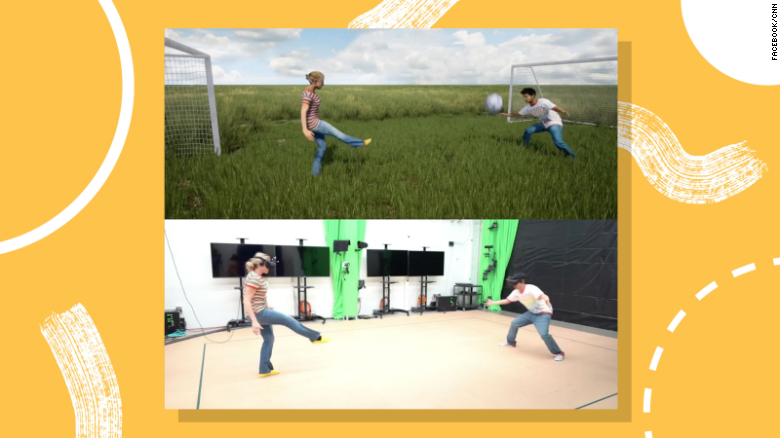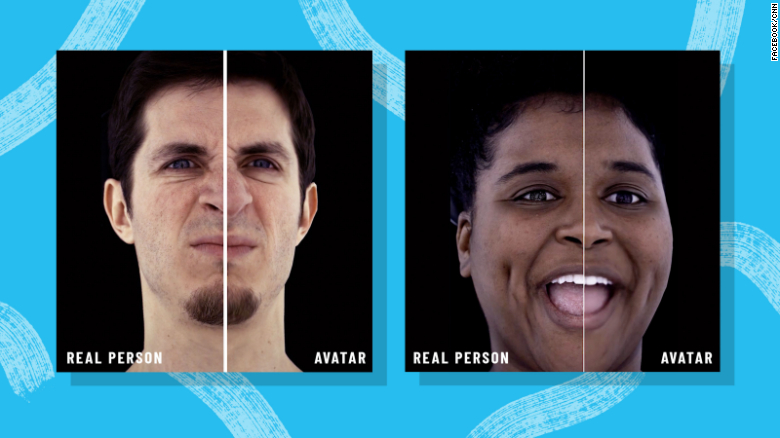To make virtual reality feel even more immersive and engaging, Facebook has already started working on full-body avatars, reflecting the people in VR just like in real world.
At its annual F8 developer conference Facebook announced that they are working to make and animate full body virtual avatars that use anatomically correct models of our bodies. Figuring out the way human bodies move in real time and replicating them in virtual reality is now becoming key to making the experience identical to that of real world. After all there’s only so much a floating head can do in virtual reality.
Facebook is going an extra mile in this race, by using physics based software to reconstruct and simulate the clothes virtually, figuring out how they would move when an avatar does things such as stretching or dancing.
Although VR avatars have improved a lot in the recent years, they are still fairly limited. Current avatars are probably only based on either a head or hands, or both since existing virtual reality controllers and headsets can only track the motion of these two areas of body. Most of the customization options available at this time are more inclined to offer you a fantasy persona or cartoon version for your avatars.
In the conference, Oculus presented a video of an early prototype of hyper-realistic avatars in virtual reality. It showed a man and a woman wearing headsets and moving around a room playing soccer in VR with their nearly identical, 3D virtual avatars. Every hand raise and kick in real life was imitated by their avatars with only a slight lag in VR.

“This kind of fully-tracked full-body avatar is still far off in the future. One challenge (among many) is that there isn’t currently a way for people to generate these digital versions of themselves with off-the-shelf sensors. Facebook will also need to determine how best to keep these avatars secure.”
~ Ronald mallet, Oculus Research Supervisor

Despite the progress Facebook is making at creating 3D hyper-realistic avatar faces, it will be years before consumer headsets can incorporate this kind of technology. Nevertheless, since developers are making headway in making avatars that can match your expressions and motions in real time, adding rest of the body appears to be a logical step forward.
